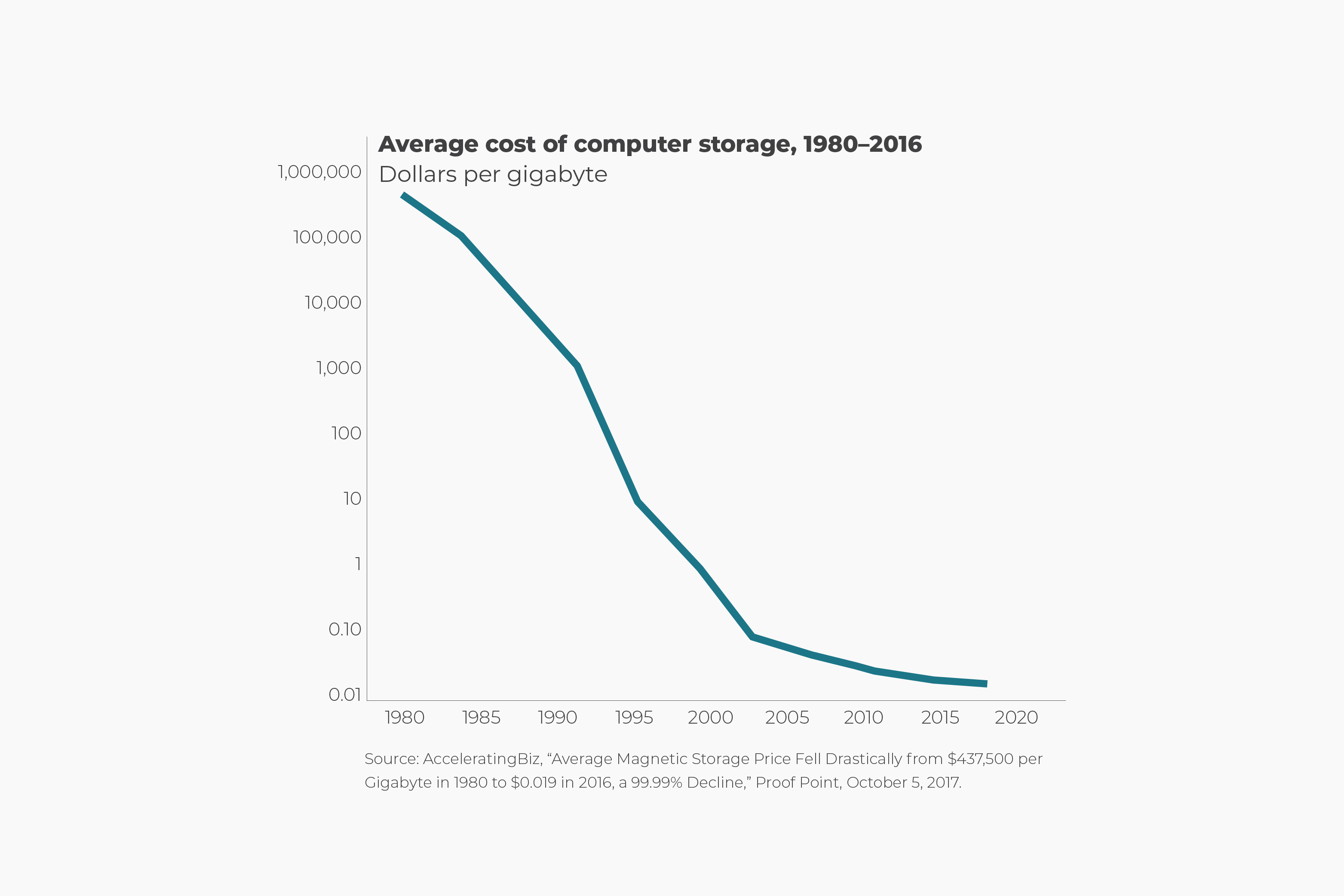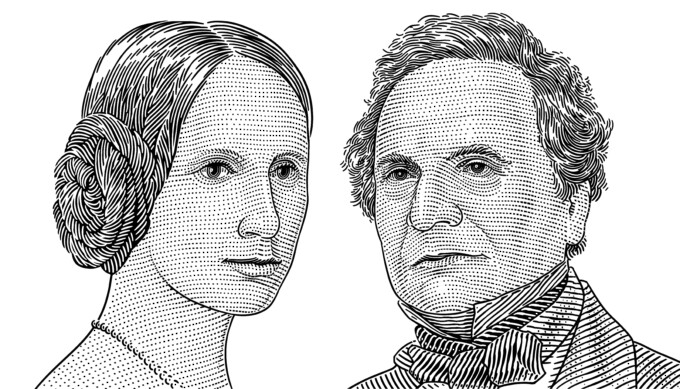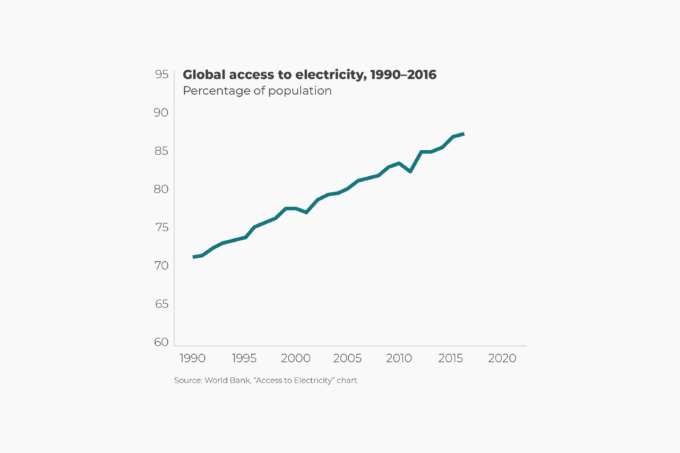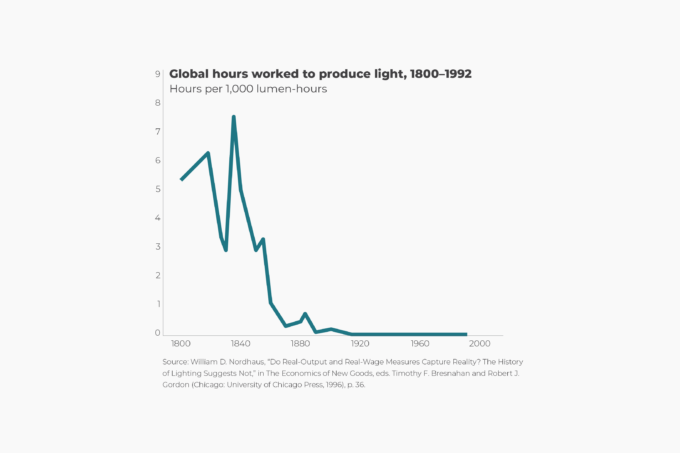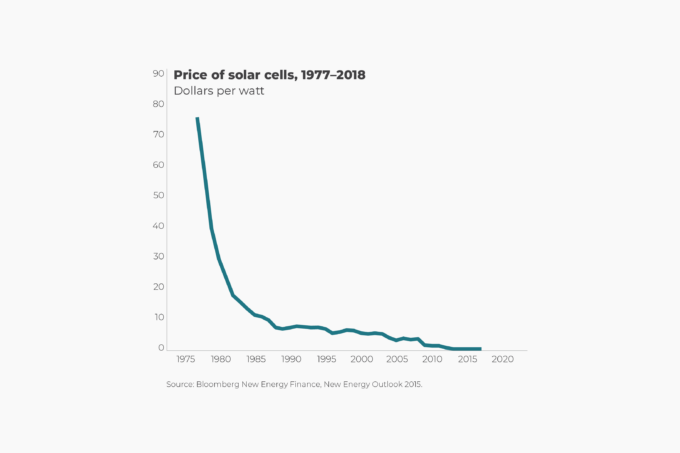In 1980, Seagate Technology introduced its ST506 5.25-inch 5-megabyte hard drive186 at a cost of $1,500 per unit, or $4,860 in 2018 dollars. Roughly calculated, that means that a gigabyte (1,000 megabytes) of storage would have cost $300,000, or just shy of $1 million in 2018 dollars. Generally speaking, a gigabyte can store information that is the equivalent to about 3,000 books or 500 photographs.
In late 2018, one could purchase a Seagate BarraCuda ST6000DM003 8-terabyte hard drive for $199.27. That means that the cost of storing data had fallen to $0.019 per gigabyte. In real dollars, that’s a decline of more than 99.99 percent. The measure of computational power is also steadily increasing. The speed of computer processors can be expressed in flops (floating-point operations per second). One billion flops is called a gigaflop.
As late as 1984, the cost of 1 gigaflop was $18.7 million ($46.4 million in 2018 dollars). By 2000, the price per gigaflop had fallen to $640 ($956 in 2018 dollars). In late 2017, the cost had dropped to $0.03 per gigaflop. That is a decline of more than 99.99 percent in real dollars since 2000.
Ever-cheaper memory is one the chief enabling technologies that has made cheap computation possible. Consider that in 1981, IBM introduced the Model 5150 personal computer containing 40 kilobytes of read-only memory and 16 kilobytes of user memory. The whole setup—including computer, keyboard, and monochrome monitor—weighed 51 pounds. Its price was $1,565 ($4,535 in 2018 dollars).
In late 2018, a not especially fancy Best Buy Insignia tablet and keyboard combo weighing less than 2 pounds was selling for $120. The Insignia comes preloaded with Windows 10, Wi-Fi, and 32 gigabytes of memory. Ignoring the vast improvement in functionality and convenience, that’s a price reduction of more than 97 percent.
Cheaper memory is also a crucial factor in today’s era of nearly free computing. In 2017, the International Data Corporation projected that by 2025, humanity’s global datasphere will be generating 175 zettabytes (175 trillion gigabytes) of data annually, a tenfold increase from the amount of information created in 2016.

